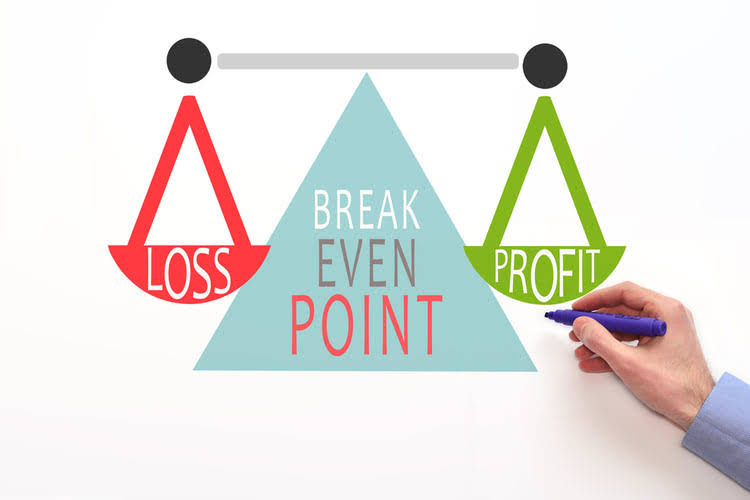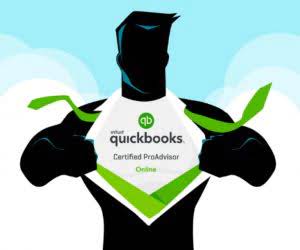
Not understanding the differences between a capital lease and an operating lease can be costly. Operating leases are lease contracts where the terms do not mimic a purchase of the underlying asset. For example, there is no ownership transfer at the end of the lease and the leased asset could be used by someone else after the lease has ended. In other words, when none of the five criteria used to classify a lease are true, then you have an operating lease. To qualify as an operating lease under GAAP, the lease must meet specific criteria that prevent it from CARES Act being classified as a capital lease.
Key Components of an Operational Budget

On the other hand, an operating lease is an expense that is not included or recorded in the balance sheet. Thus, both types of leases are used for different purposes and show up differently on the accounting books. For example, a capital lease does involve the transfer of ownership rights to the lessee, and the lease is considered more of a loan, or debt financing. Unlike an operating lease, only the interest payments are expensed on the income statement. Due to capital leases being counted as debt, they depreciate over time and incur interest expense.
- If a firm is allowed to lease a significant portion of its assets and keep it off its financial statements, a perusal of the statements will give a very misleading view of the company’s financial strength.
- For a capital lease, the agreement includes a transfer of ownership to the lessee by the end of the lease term.
- The lessee is only renting a small portion of the building for a period substantially less than the useful life of the asset.
- Unlike an operating lease, only the interest payments are expensed on the income statement.
- Because of the potential drawbacks of leasing, you should consider talking with your accountant prior to entering into a lease agreement.
Capital Lease: What It Means in Accounting
- Leasing has become a popular option for businesses to acquire assets without the full upfront cost, providing flexibility and financial advantages.
- Thus, the above examples give us a clear idea about the capital lease vs operating lease accounting process in any organization.
- This feature suits the shorter-term nature of operating leases, where the primary objective is to utilize the asset for a specific duration rather than commit to long-term ownership.
- Get instant access to video lessons taught by experienced investment bankers.
- A lease is an operating lease if it does not meet the five requirements of a finance lease.
- To compare and contrast the accounting treatment for operating and capital leases, we will use this data to demonstrate the accounting procedures for each type of lease.
Master accounting topics that pose a particular challenge to finance professionals. For the remainder of the lease term, the imputed interest expense will be calculated using the same methodology in order to determine the interest expense paid per year. Consult with a tax professional to understand the tax implications of your chosen lease.

Tax Implications

The expenses are renting expenses only as opposed to depreciation and maintenance. Therefore any depreciation and maintenance costs are the responsibility of the lessor. Now, according to FASB rule ASC842, operating leases with terms of 1 year or longer must be recorded on the lessee’s balance sheet.
Financial Reporting Impact

The transfer of ownership isn’t just a formality; it signifies a fundamental shift in the lessee’s operating versus capital lease relationship with the asset. Let us first look at whether this is a capital lease or an Operating Lease. Understanding how a lease is classified and its impact to the business will equip your company to successfully maintain compliance under ASC 842.
Streamline Your Lease Management with Leasecake
- The fact that the lessee was effectively making an installment purchase, but did not have to record the asset or liability on the balance sheet, is referred to as off-balance sheet financing.
- Yardi Corom is one the best lease accounting and management software solutions that helps in complying with new lease accounting standards.
- IFRS mentions a more generic categorization saying that all risks and rewards should not be transferred to the Lessee.
- Additionally, all operating leases that began before the new standard took effect need to be transitioned from the old standard, ASC 840, to the new standard.
- You will need to estimate the value of the operating lease, and compute the present value of capital lease payments at the time of the conversion.
A bargain purchase option under ASC 840 was defined as a purchase price significantly lower than the expected fair value of the asset. Our model confirms that the interest expense and capital lease payment is $100k each period, which is equivalent to the $100k annual lease payment. By the end of our forecast, we can see that the right-of-use asset (ROU) and the capital lease liability have declined to an ending balance of zero in Year 4. In contrast, lease agreements without ownership characteristics is an operating lease. Suppose that at the end of the lease term, the ownership of the leased equipment is anticipated to transfer to the lessee – i.e. a corporation – upon receipt of the final lease installment payment. Capital leases allow lessees to deduct both depreciation on the leased asset and interest on the liability.

Main Differences Between Capital and Operating Leases
The basic controversy centers on the classification and accounting for capital leases in terms of whether they are essentially equivalent to installment purchases. With the new ASC 842 standard, FASB requires that every lease—except for short-term leases less than 12 Accounting For Architects months in length—be included on the balance sheet by recognizing a lease liability and a right-of-use (ROU) asset. Instead of purchasing large ticket items outright, these two finance leases provide an alternative that may work better for cash flow. With an operating lease, the lessee doesn’t intend to purchase the asset when the contract ends.